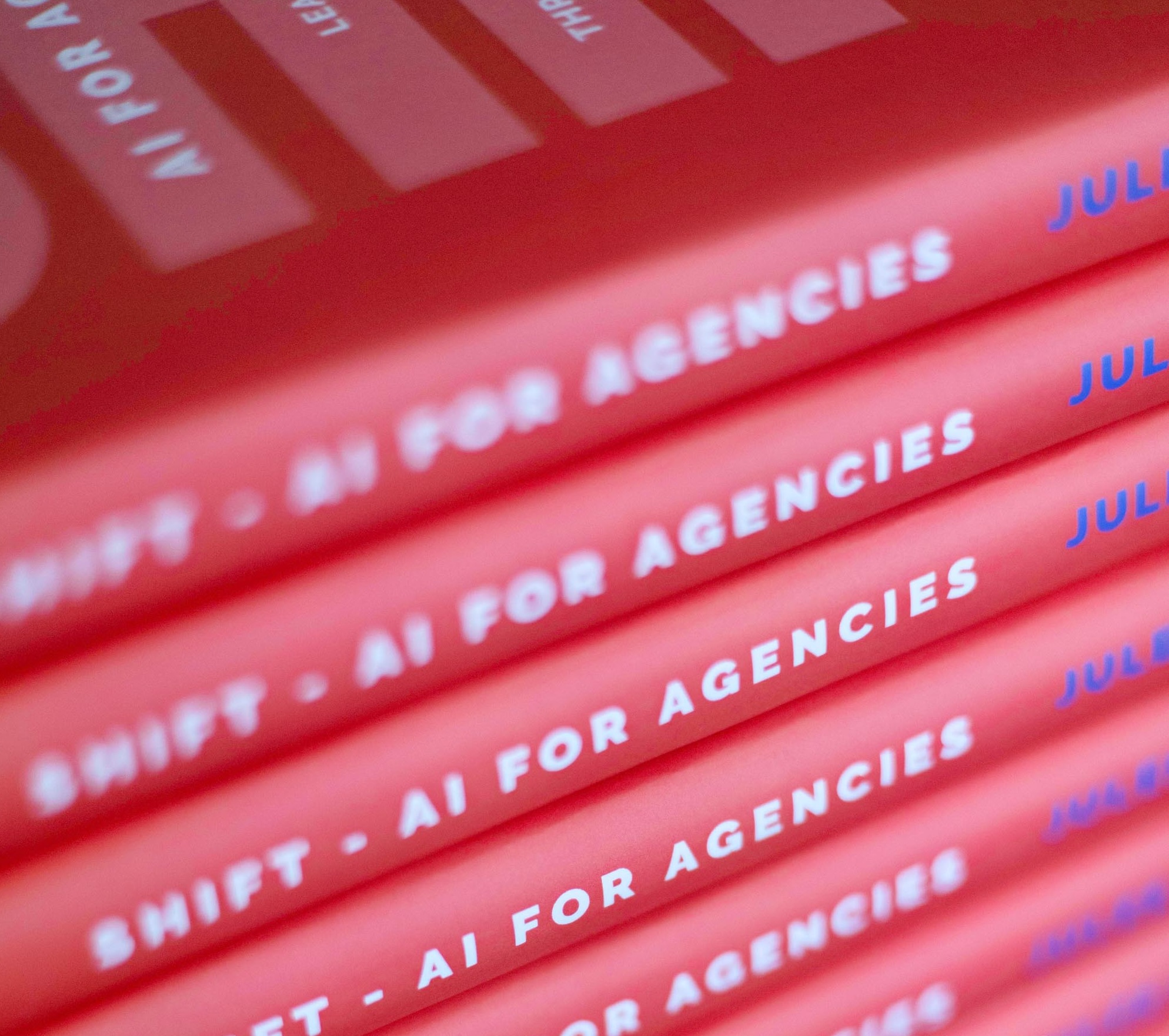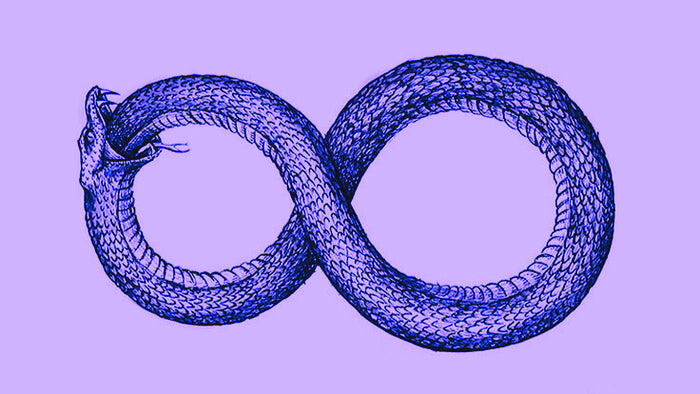"Tech has changed a lot of our lives, but maybe not as much in the advertising landscape as it could have done," says Nick Pawlak, co-founder and client lead at Full Tilt Studio. "There's still a lot of the same models and structures that were created half a century ago being forced upon forward-thinking clients."
In an industry struggling with relevance, Full Tilt Studio is attempting to rewrite the agency playbook. Founded by Pawlak and creative lead Adrian Rossi, both veterans of top-tier agencies, the studio positions itself as the antidote to legacy structures that "add cost and time" to projects while hiding strategic creative thinking behind unnecessary layers.
Their proposition hinges on what they call "meaningful time", ensuring every moment a consumer spends with a brand has meaning, and every moment spent working together has value. It's a direct response to what Pawlak describes as "an era of media saturation" where "attention is a completely finite resource" and "most people feel they're running out of it."
The Full Tilt approach
The name itself signals their intent. "Full Tilt is when you're operating at the border of what's possible," explains Pawlak. "If you're a client that's happy with standing still or the same old, then we're probably not for you."
This self-selection mechanism appears deliberate. Rossi reinforces the point: "We want clients who don't want to have just the status quo, who want to push boundaries, who don't want agencies turning up doing the same old stuff."
Their approach combines what they call "timeless ideas that last" with "timely ideas that intervene at the right moment in popular culture." Pawlak references previous work for brands like Bodyform and Snickers that changed laws, forced tech platforms to alter their terms and conditions, was discussed in the House of Commons and United Nations.
"So much of what is out there is either one or the other," he explains. "A really timely intervention that's relevant for a couple of weeks or months, or a big brand platform. We're trying to bring the two together to power each other."
Rethinking the agency model
Full Tilt's structure deliberately breaks from tradition. Pawlak cites Jerry Maguire as inspiration: “Fewer clients and more personal attention”. The founders have committed to working on no more than five clients simultaneously, with senior leadership involved in every meeting. "The co-founders will be in every meeting and work on the business of our clients every day," Pawlak states.
This approach was born from conversations with Chief Marketing Officers who expressed frustration with "the great and the good turning up for the big meeting and then never being seen ever again, or only appearing if there was a crisis."
The pressure CMOs are under to move quickly and show results, also inspired Full Tilt to start each project with a five-day sprint process. Designed to get to "the heart of the challenge really quickly".
Full Tilt is built to put the client first. That extends to having different remuneration models for a client to choose. From an output and performance based structure through to a licensing model for a brand platform idea."We'd much rather create something that stands the test of time and builds more momentum with every year," says Pawlak. "Reducing the upfront cost for a client, but charging a small usage percentage every year that it's in use."
The AI opportunity
Rather than viewing artificial intelligence as a threat, Full Tilt sees it as a facilitator. "AI is phenomenal for liberation," Rossi asserts. "It liberates senior talent to get on to do what they do best. It stops them getting bogged down in the weeds."
The studio uses AI to augment their thinking during their five-day sprints. "It's not creating our thinking, but we're using it as a tool to support our direction and allow us to cover ground quickly," Pawlak explains.
This approach enables a lean operation to move at pace, something increasingly critical in a world where, as Rossi puts it, "the curve is changing direction with every heartbeat."
Finding the right clients
When asked about their ideal clients, both founders emphasise character over category. "We are not looking at categories or brands; we're looking to connect with the people behind the brands," says Rossi.."
Pawlak adds: "A client with a good problem is amazing. He describes their ideal partners as those with "an energy and drive to change the status quo."
This focus on relationships extends to how they navigate challenging conversations. "Getting on the same page early in the relationship in terms of what objectives are is really key," Pawlak explains. "The vast majority of conflict I've seen in previous agencies comes from not being aligned on objectives."
Rossi adds: "We don't start with advertising. We start with the problem. What is the client's problem that we're actually trying to answer? Distilling that is absolutely vital."
Looking forward, not back
When asked about work they're proud of, Rossi references football legend Roy Keane: "Someone said, 'Why do you never celebrate when you score a goal?' And he said, 'Well, it's done. It's in the past already.'"
This forward-looking mentality defines their approach. "What's more interesting is what's going to be coming next," Rossi continues. "When you look in your rearview mirror, that's all you ever do. Technology is moving so quickly, client needs are moving so quickly, the world is moving so much quicker all the time."
In an industry landscape that Rossi describes as "imploding," Full Tilt sees opportunity in creating what Pawlak calls "a really strong unique brand idea" that becomes "even more important" as AI becomes ubiquitous and social media wields greater influence.
"Our belief is that a really strong unique brand idea is going to become more and more important in that world," Pawlak concludes. "An idea that people can remember and care about and connect to will become even more important in that space."
For brands seeking to navigate an increasingly fragmented media landscape, Full Tilt's proposition offers a compelling alternative to traditional agency structures - provided they're willing to operate at full tilt themselves.


.png)


.png)
.jpg)

